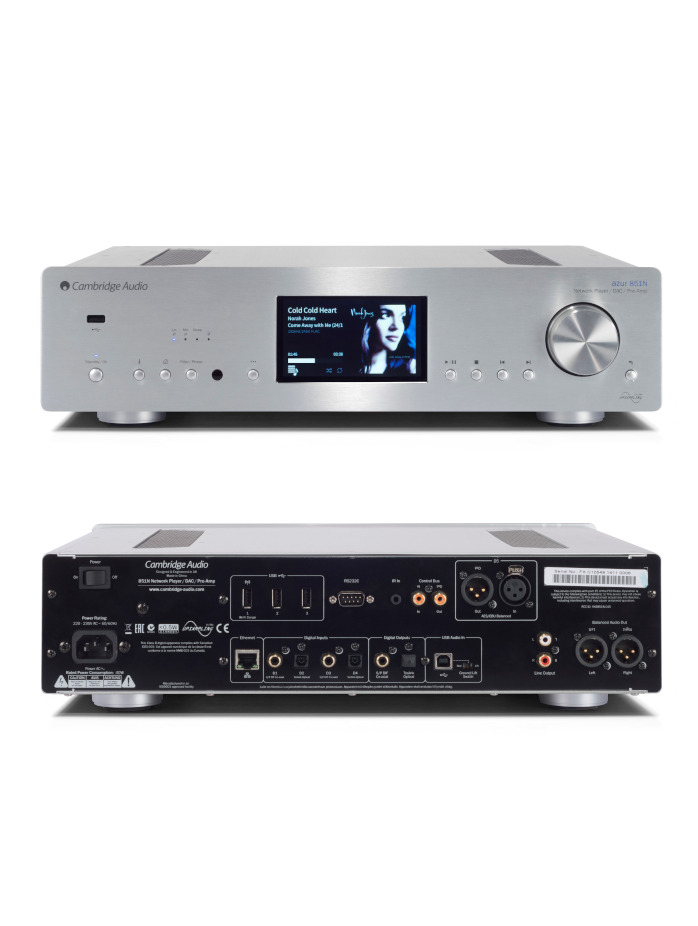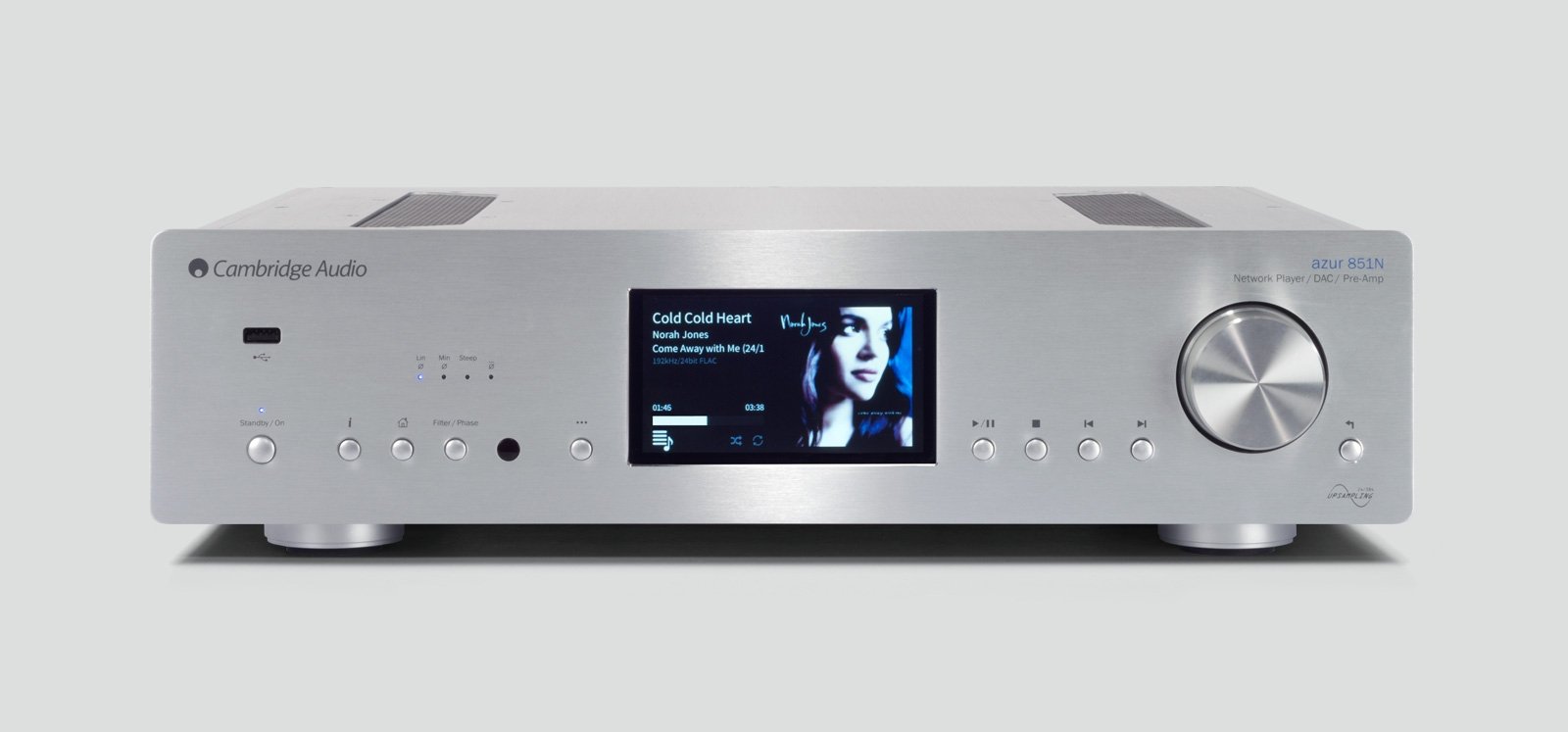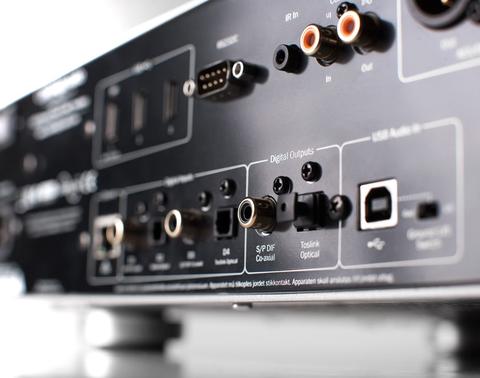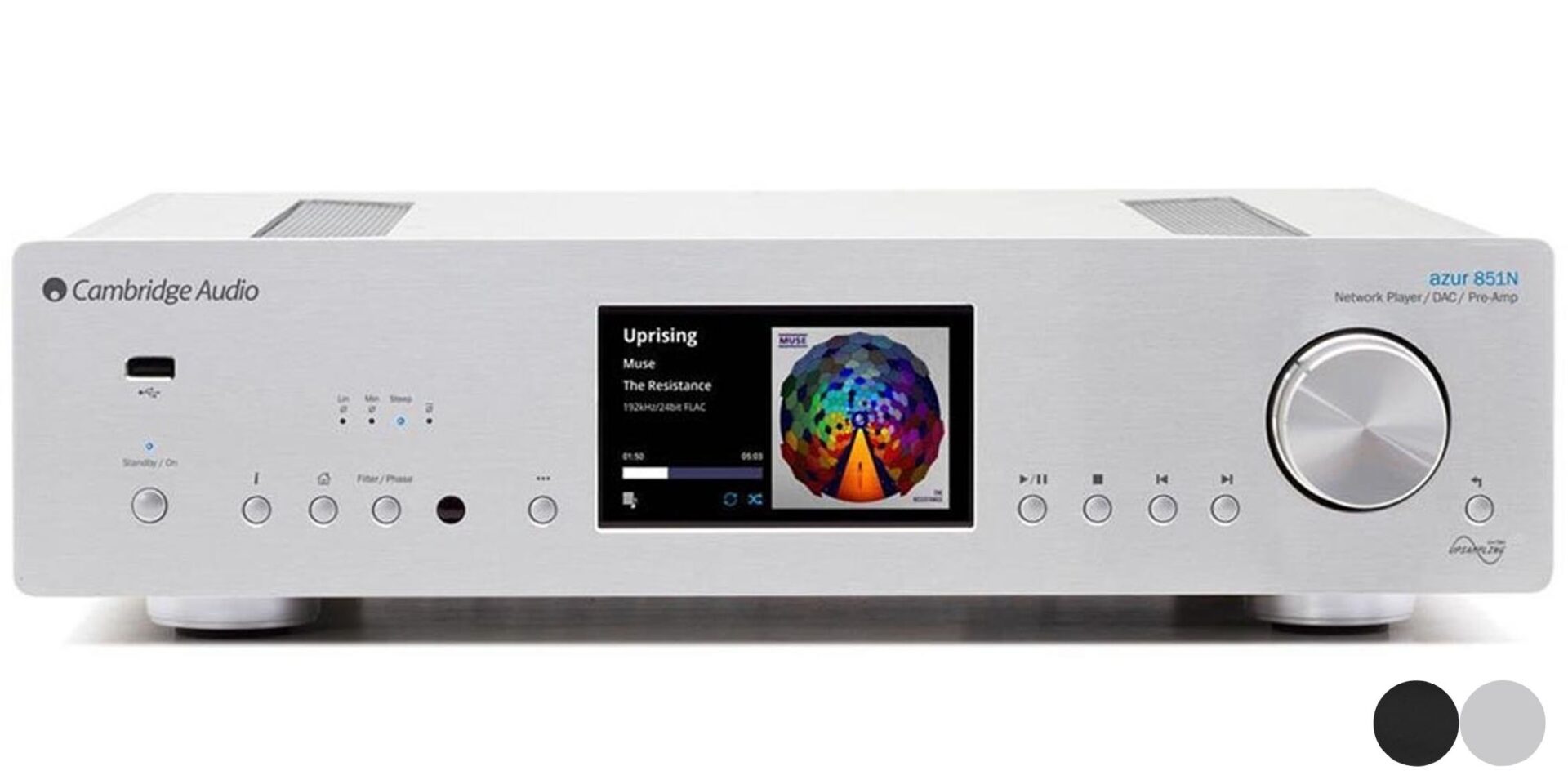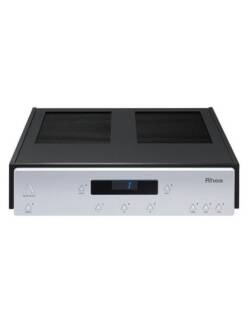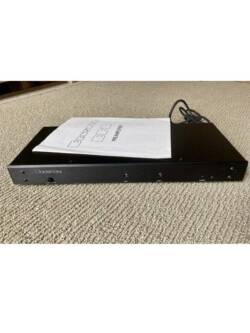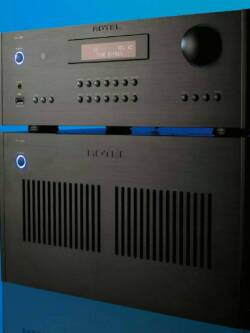Cambridge Azur 851N Streamer/DAC/Preamp
Original price was: R54,000.00.R36,000.00Current price is: R36,000.00.



WHAT HI-FI? AWARDS 2016
UNITED KINGDOM,
“A premium music streamer with the performance to match.”
HI-FI NEWS
UNITED KINGDOM,
PRODUCT OF THE YEAR WINNER
“Flexible intuitive operation and a glorious sound, fully capable of slamming home rock or drawing out the scale of classical music, this is a fine addition to the flagship Azur range… the 851N is excellent value for money.”
WHAT HI-FI?
UNITED KINGDOM,
“For sheer value, the Azur 851N, with it’s full-bodied, rhythmic and spacious sound, more than earns its place here. For insight and transparency, we can’t show this product enough respect.”
WHAT HI-FI?
UNITED KINGDOM,
“A muscular, full-bodied presentation, lathered in enthusiastic drive, bone rattling punch and class leading insight is served up with extra helpings of expression and dynamic skill.”
HI-FI WORLD
UNITED KINGDOM,
“One of the most natural sounding, versatile and well-equipped streamer/ DAC/ pre-amps available at it’s price. Sets the standard for rivals.”
Sound

The CXN’s muscular, full-bodied presentation, lathered in enthusiastic drive, bone-rattling punch and class-leading insight, is present in the Azur 851N, yet everything is served with extra helpings of expression and dynamic skill, not to mention extra space and openness.
The thrashing electrics in the opening of Band of Horses’ Cigarettes, Wedding Bands that feel a little mashed together through the CXN, are more coherent through the Azur. And even with a low-res Spotify stream of Cold War Kids’ Lost That Easy, there’s a sense of isolation to the vocals and depth to the recording that isn’t palpable through the CXN.
It just about one-ups its little brother in every which way, as flagships should do, leaving you with a remarkably entertaining and versatile performer. Rhythmic cadence and precision comes to the fore; the track’s polyrhythmic structure isn’t lost on the shrewd Cambridge as it keeps tabs on the hypnotic bass beat and jagged and melodic synth rhythms, juggling the two without compromising their close collaboration.
It’s punctual, decisive and quick on its feet with the fluctuating tempo too.
With balance on point, there’s punch and depth down low and sparkling bite up top, with all-you-can-eat solidity fleshing out what’s a clear and articulate midrange.

In Sufjan Stevens’ Jacksonville, cascading violins, treading keyboards and lucid banjo strumming are all wonderfully textured around his exalted, tender vocals. Trumpets soar freely through the mix, and the delicate bells never have to fight for attention.
Striking a balance between power and delicacy, the Cambridge ensures there’s never a dull moment in John Williams’ Cadillac of the Skies. It drives home cymbal crashes while choral vocals fill the room with power, scale and openness, and the pensive instruments that work away underneath don’t suffer for it.
It draws out the finer flurries of detail, and as building strings creep ever nearer to their subtle climaxes, the Cambridge proves just as capable of communicating the sweeping dynamic swings as the subtler strokes.
While the Azur really shows what it can do with a 24-bit/192kHz of Hans Zimmer’s Born In Darkness – giving it a wonderfully insightful, open and layered presentation – it doesn’t sound too compressed when fed an MP3 either; the sound closes in notably, yet there’s still plenty of space and detail to enjoy.
Build

The 851N’s design looks ‘expensive’ and we don’t doubt its solid full-metal casework or polished (silver or dark grey) finish would stand the test of time. It towers over the CXN, being taller and chunkier – and is just as elegant.
The crisp 11cm display looks almost identical to that of the CXN, and the colourful album artwork that fills it piles on the class. The on-unit buttons move away from the side of the screen and instead run across the front and although it makes the Azur’s panel look busier, we like it all the same.
The large volume dial turns with ease and is helpful for manually scrolling large music libraries.

While the intuitive remote is on hand too, the free Cambridge Connect app (iOS and Android) is the best way to access and browse your music. It works well, opening doors to thousands of radio stations and promptly picking up the servers on our network (just make sure both your device and streamer are on the same network).
The interface is easy to navigate, and libraries can be browsed in your choice of listed or grid format, although it’s more functional than fancy.
If you have more than one Cambridge streamer in the household, it’s easy flicking between them in the app too.
Features

Whether you connect the Azur over wi-fi by plugging in the supplied USB adapter, or via Ethernet cable, networked music files up to 24-bit/192kHz can be streamed (and upsampled to 24-bit/384kHz) from your PC, laptop or NAS drive.
And where file compatibility is concerned, it can handle everything from DSD64 to FLAC and WAV.
Spotify Connect and AirPlay are there, as is Bluetooth if you purchase an optional dongle at £70. However, it goes without saying we’d prefer it built-in or, especially at this price, at least included in the box.
Building on the CXN’s impressive connectivity list, the Azur 851N is well furnished around the back. Analogue outputs are taken care of by a pair of RCAs and balanced XLRs, and there are digital optical and coaxial outputs too.

Twin optical and coaxial inputs join a single asynchronous USB input for your laptop, and there are three standard USB sockets (one on the front, two at the rear) for connecting external hard drives and memory sticks.
Like the CXN, all the digital inputs are capable of playing hi-res files up to 24-bit/192kHz.
There are also system connections for universal control of a multi-component Cambridge system too.
It’s an exhaustive list, although if we’re being picky we’d like to see a pair of analogue inputs onboard for hooking up older kit.
Verdict
Cambridge has done it again. The Azur 851N, a natural sonic upgrade to the CXN, says all the right things, and is the ideal high-end streamer if you’re looking for a capable digital pre-amp or are after something to simply slot into your existing system.
We’d like wi-fi and Bluetooth connectivity to be more streamlined, but having dongles sticking out of the box is a small price to pay for its accomplished, all-round performance.
Description
Twin Analog Devices AD1955 24-bit DACs
2nd Generation ATF2 up-sampling to 24-bit/384kHz. Linear Phase, Minimum phase or Steep modes.
2-pole differential Bessel with DC servo (for both XLR and RCA outputs)
1 x AES/EBU, 2 x S/PDIF coaxial and 2 x TOSLINK optical
USB Type B conforms to USB Audio profile 1.0 or 2.0 (user selectable)
Balanced XLR and unbalanced RCA analogue audio outputs
Streaming Services: Qobuz, TIDAL, Spotify. UPnP: Linear PCM 16-24 bit, 11.025-192kHz Local USB media:Linear PCM 16-24 bit, 11.025-192kHz USB Audio1.0: Linear PCM 16-24 bit, 44.1-96kHz USB Audio 2.0: Linear PCM 16-24 bit, 44.1-192kHz or DSD x64 (DSD also available over UPnP streaming), TOSLINK: 16-24 bit, 32-192kHz (using high quality TOSLINK optical cable) S/PDIF: Linear PCM 16-24 bit, 32-192kHz AES3/EBU: Linear PCM 16-24 bit, 32-192kHz BT100 Bluetooth receiver: A2DP plus aptX Internet radio: 16-24 bit, 11.025-192kHz
ALAC, WAV, FLAC, AIFF, DSD (x64), WMA, MP3, AAC, HE AAC, AAC+, OGG Vorbis
IEEE 802.3, 10 Base-T or 100 Base-T
IEEE 802.11 b/g or n (2.4GHz)
Yes
<0.5W
115 x 430 x 360mm (4.5 x 16.9 x 14.7”)
8.1kg (17.9lbs)
Azur 851N Network Player, Power Cable, 3 x AAA Batteries, Remote Control, Control Bus Cable, Wi-fi Dongle, Spotify Card
